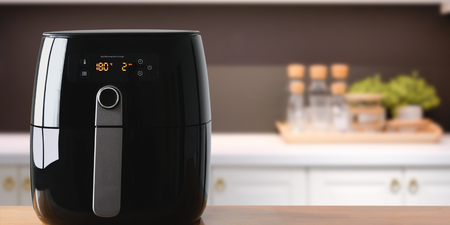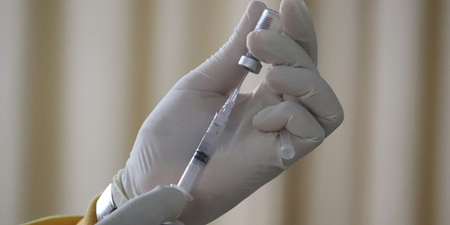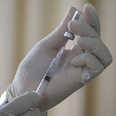We’re sending Sarah Ferguson our love and well wishes
Sarah Ferguson, 64, has sadly revealed that she has been diagnosed with malignant melanoma, a form of skin cancer.
This comes just weeks after the Duchess of York shared that she has beaten breast cancer after undergoing a single mastectomy last year.
In a statement, a spokesperson for Ferguson says after her mastectomy and during her reconstructive surgery, several moles had been identified as cancerous.
“Following her diagnosis with an early form of breast cancer this summer, Sarah, Duchess of York has now been diagnosed with malignant melanoma,” the spokesperson continues.
“Her dermatologist asked that several moles were removed and analyzed at the same time as the Duchess was undergoing reconstructive surgery following her mastectomy, and one of these has been identified as cancerous.”
“She is undergoing further investigations to ensure that this has been caught in the early stages. Clearly, another diagnosis so soon after treatment for breast cancer has been distressing, but the Duchess remains in good spirits.”
“The Duchess wants to thank the entire medical team which has supported her, particularly her dermatologist whose vigilance ensured the illness was detected when it was.
“She believes her experience underlines the importance of checking the size, shape, colour and texture and emergence of new moles that can be a sign of melanoma.”
Today, the Duchess has shared a personal update about her diagnosis, adding that she has been taking some time to herself since.
“Naturally another cancer diagnosis has been a shock but I’m in good spirits and grateful for the many messages of love and support.”
Ferguson’s illness is being treated by a dermatologist, whom she credits with detecting the melanoma, and an oncologist, while at a clinic in Austria.
The Duchess also has stressed the importance of checking the skin for changes.
“I believe my experience underlines the importance of checking the size, shape, colour and texture and emergence of new moles that can be a sign of melanoma and urge anyone who is reading this to be diligent.”
Skin changes to look out for
According to the Cancer Council, survival from melanoma is strongly linked with the depth of invasion, e.g. the deeper and thicker a melanoma is, the more likely to metastasise and be more difficult to treat.
Therefore, early detection is extremely important.
In many cases, melanomas are found by patients or their partners, and knowing what to look out for may help with early detection.
According to the Irish Cancer Society, skin cancers do not all look the same.
They can appear in several ways, including any of the following:
- A small lump
- Flat, red spot
- Firm, red lump
- A lump or spot that is tender to touch
- An ulcer that will not heal
- A lump with a scaly or horny top
- Rough, scaly patches
- A new or changing mole
Meanwhile, non-melanoma often appears as one of the following:
- A new growth or sore that does not heal in a few weeks.
- A spot or sore that continues to itch, hurt, crust, scab, or bleed.
- A skin ulcer that is not explained by other causes.
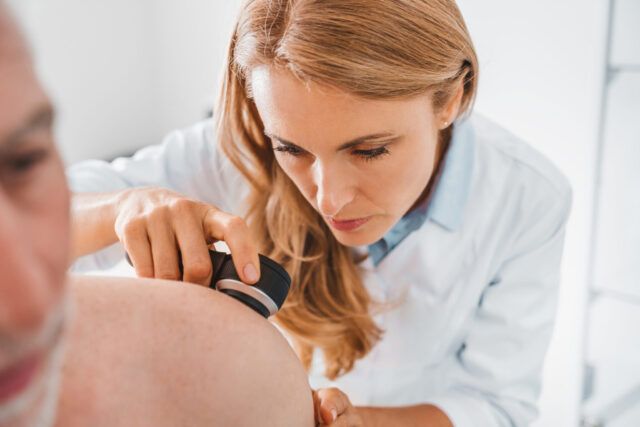
Mole changes to look out for
Melanoma mainly develops either from a new mole or a change to an existing one.
Moles can be present from birth or can appear later during childhood or adolescence and most moles are harmless.
Once a mole appears, it will usually stay the same shape, size, and colour for many years, often fading when a person reaches old age.
The cancer research organisation adds that a normal mole will be evenly coloured brown, tan, or black spot.
It can be flat, raised, round, or oval, but usually will be smaller than the size of the top of a pencil.
According to the Irish Cancer Society, the changes to watch out for in existing moles are:
- Change in shape: From a round and regular shape to ragged edges or an irregular shape with one half unlike the other.
- Change in size: From the size of the top of a pencil and getting bigger.
- Change in colour: From one colour to many shades of tan, brown or other colours. Some melanomas can also lose colour
- The mole looks red or inflamed around the edges
- The mole is bleeding, oozing or crusting
- The mole starts to feel different, for example, slightly itchy or painful.
It’s important to note that not all melanomas develop from moles so it is vital to speak to your doctor if you spot other skin changes that are unusual for you.
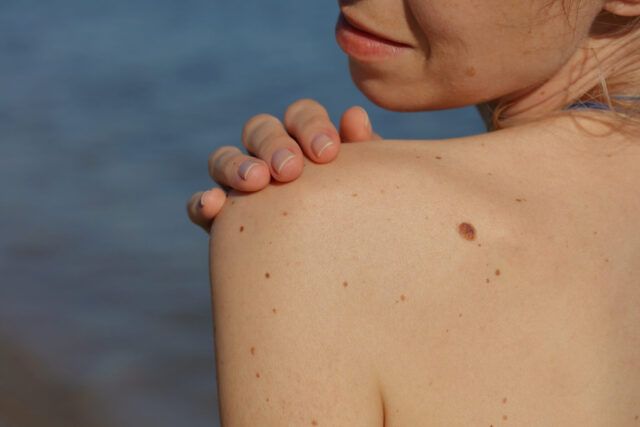
How to perform a skin self-exam
The first important tip to remember with skin self-exams is to do them regularly.
Examine yourself from head to toe every month and learn where your moles, freckles and other skin marks are.
Stand in front of a long mirror and have a hand mirror that you can use to check parts that are hard to see.
- Check your face, especially your nose, lips, mouth, and the front and back of your ears.
- Check your front, groin, and your back. Lift your breasts to check the skin under them.
- Check your sides with your right and left arms raised.
- Bend your elbows and look carefully at your forearms and upper underarms.
- Look at your fingernails, between your fingers, the back of your hands, and the palms of your hands.
- Examine the back of your neck and scalp with a hand mirror. Part your hair in sections with a comb or use a hairdryer so you can see your scalp clearly.
- Check your back and shoulders, the backs of your arms and upper legs, and your buttocks with a mirror.
- Check your legs and feet all over, including the soles, and toes, between your toes and your toenails. Put your foot on a stool or chair so you can see between your legs with a hand mirror.

Prevention
According to the Mayo Clinic, several measures can be taken to help prevent the development of melanoma or skin cancer.
Such measures include:
- Avoid tanning lamps and beds. Tanning lamps and beds give off ultraviolet light, also called UV light.
- Avoid the sun during the middle of the day (the sun’s rays are strongest between about 10 am and 4 pm).
- Become familiar with your skin so that you’ll notice changes (e.g. self-exams).
- Wear protective clothing.
- Wear sunscreen year-round (at least SPF 30).
READ MORE:
- How to check your breasts for lumps after CNN anchor reveals cancer diagnosis live on air
- Stand Strong with Women’s Aid: Here’s how you can support and show solidarity with victims of domestic abuse
- What is health anxiety? Abbey Clancy’s recent health scare shines a light on the mental health condition
































